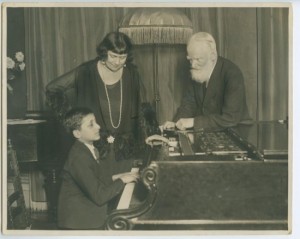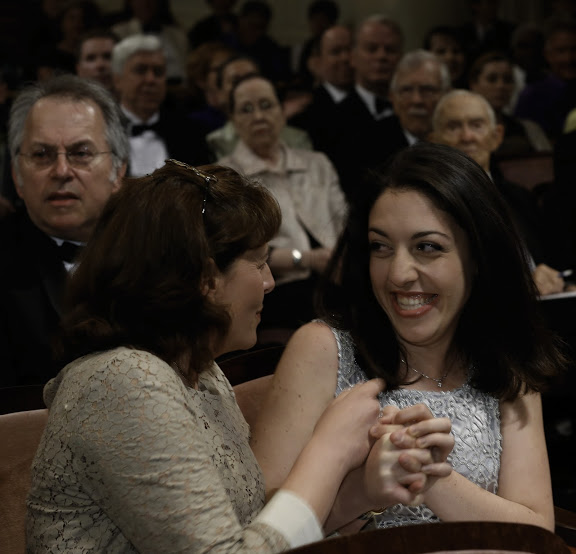For nearly two thousand years (ending in the 14th century), the historical Silk Road, a series of land and sea trade routes, crisscrossed Eurasia, enabling the exchange of goods and innovations from Japan to the Mediterranean Sea. Over the centuries, many important scientific and technological innovations migrated to the West along the Silk Road, including the magnetic compass, the printing press, silk, gunpowder, mathematics, and ceramic and lacquer crafts. In this way, the Silk Road created an intercontinental think-tank of human ingenuity. Interactions among cultural groups spread knowledge, religious beliefs, artistic techniques, and musical traditions, so much so that long after its decline, the Silk Road remains a powerful metaphor for cultural exchange.
This historic trade network provides both a namesake and a metaphor for the Silk Road Project’s vision of connecting artists and audiences around the world. Yo-Yo Ma calls these routes, which resulted in the first global exchange of scientific and cultural traditions, the “Internet of antiquity.”
Both historic and symbolic elements are central to the work of the Silk Road Project, which takes inspiration from this age-old tradition of exchange between cultures and disciplines. The repertoire of the Silk Road Ensemble includes traditional music (both as an oral tradition—passed down from generation to generation—and in melodies arranged by and for members of the Ensemble) as well as newly commissioned works. Many of these compositions combine non-Western and Western instruments, creating a unique genre that transcends customary musical classification.
Tonight’s concert opens with a Silk Road Suite, a selection of pieces that offer a preview of the range of styles and influences that distinguish the work of the Silk Road Ensemble. The audience is greeted by Galician bagpipes, known as gaita, in a musical introduction by Spanish-born composer and performer Cristina Pato. Caronte was inspired by the Greek myth of Kharon, the boatman who transported the souls of the deceased across the river Acheron, which separates the world of the living from the world of the dead.
Next in the Suite is Saidi Swing, a piece by Ensemble percussionist and composer Shane Shanahan, inspired by the traditional Arabic rhythm known as Saidi. This rhythm is believed to have originated in Upper Egypt and commonly accompanies dance. Shanahan composed variations on this basic rhythm, featuring several types of hand drums used throughout the Middle East and Asia, such as the riq, an Egyptian tambourine; darbuka, a goblet-shaped drum; tabla, a pair of drums played extensively in India, Pakistan and Afghanistan; and the frame drum, the oldest and most widely used drum in the world.
The Suite concludes with the dramatic Arabian Waltz by Lebanese-born composer Rabih Abou-Khalil, classically trained on oud (middle-eastern lute) as well as flute. Compositionally, his works fuse the musical traditions of the Arabic world with jazz improvisation and European classical techniques. Arabian Waltz is a propulsive work, driven by complex additive rhythms and improvisatory melodic lines.
When Silk Road Ensemble members Nicholas Cords and Colin Jacobsen visited Kayhan Kalhor in Iran in the summer of 2004 on a cultural exchange grant made possible by the Silk Road Project, one of many sights that impressed them was an ancient fire temple, or atashgah, outside the city of Esfahan. Originally built as a holy site for the Zoroastrian religion in the Sassanid period of Iran’s history (third to sixth centuries CE), it felt to these travelers like a place of significant power – a place that makes one aware of the layers of history. For Jacobsen, the experience of listening to Kalhor play music can be “like watching a fire in a fireplace; it is mesmerizing, hypnotic, and yet constantly changing. His music comes from a deep inner creative fire.” Jacobsen caught a spark of that creative fire, and on returning from Iran that summer, was inspired by his experience to do something with what he had heard and experienced. He has been writing and arranging music ever since, and Atashgah, composed for kamancheh and Western strings, is one result of that inspiration. Atashgah appears on the latest album by the Silk Road Ensemble with Yo-Yo Ma, A Playlist Without Borders, released in September 2013 by Sony Masterworks.
Next the audience is invited to journey from Persia to the westernmost tip of Europe where, as early as the sixth century BCE, Celtic tribes put down roots in what is now north-central Spain. With its own language (Celtiberian) and way of life, this group formed a deep and enduring culture whose influences can be discerned even today. In Celtíbera, created to premiere on this 2013 West Coast concert tour, Mike Block and Cristina Pato explore connections between traditions from the Celtic nations, the Iberian Peninsula and North America through the common personal experiences shared by the people of these far-flung regions. The experimental work, partially improvised, features gaita and cello, with other instruments joining an uncharted migration through a wide range of musical languages, from traditional to jazz and folk.
Angel Lam grew up in Hong Kong and Los Angeles and received her doctorate degree from Peabody Conservatory at Johns Hopkins University. A recipient of numerous and prestigious scholarships and awards, Lam’s compositions have been performed around the world. Empty Mountain, Spirit Rain was the first of three commissions for Carnegie Hall. Dedicating this piece “to a memory of my grandmother,” Lam provides the following personal note:
“Thirty minutes passed but Grandma still hadn’t arrived. My kindergarten sat on top of a hill, overlooking a narrow street with a muddy pedestrian pathway alongside traffic. It was another hot summer day; the aggressive sun seemed to slow my time but activated the scenery in front of me. Trees moved in the heat like monsters stretching their palms; pedestrians walked slowly, dragged by their long shadows.
Suddenly, it rained, but the sun still shone. I decided to run home. I was only five. I sprinted down that busy street, people were shouting behind me, like low-pitched murmurings of ancient emperors. The sounding of horns screamed sharply with long mystic tails . . .
When a distant temple bell drummed, I saw Grandma—her peaceful smile, and an air of gracefulness that is memorable to this day. This time she seemed bigger … when I reached out to touch her, she floated through me and I turned around, the sun shone directly into my eyes, and Grandma disappeared into the core of the afternoon sun. The evening sun suddenly closed, and rain stopped.
When I got home, everybody was crying, but I did not cry. I went to my little desk and started a letter:
Dear Grandma . . .”
Jugalbandi is the Sanskrit term for duet. In tonight’s duet, the audience will experience, along with Kayhan Kalhor (playing kamancheh, or Persian spike fiddle) and Sandeep Das (playing tabla, or Indian drums), a journey without notation, based on an improvisation that is crafted in the moment. Persian and Indian collaboration and influence can be traced back to the thirteenth century. In fact, according to Das, “at times the two musical traditions are so closely intertwined that it is difficult to distinguish one from the other.” When Kalhor and Das first played together, Das reflects, it felt like “a meeting of two lost cousins.” Today, that journey of musical discovery and joy still permeates the soul of their music making.
Tonight’s concert closes with a Suite from Book of Angels made up of short pieces by the prolific and often avant-garde American composer John Zorn, whose distinctive music reflects lifelong influences ranging from jazz to cinema, and from classical to klezmer and rock. Zorn’s Book of Angels is the second in a series of collections that form his Masada project, an experiment in Jewish musical styles inspired by the composer’s own heritage. In exploring this collection, Ensemble members drew on their own respective musical interests from around the world to arrange individual songs from diverse and sometimes unexpected cultural perspectives. Arrangements by Mike Block, Shanir Ezra Blumenkranz, Johnny Gandelsman, Kayhan Kalhor, Cristina Pato and Shane Shanahan have so far contributed to this ongoing venture.
Isabelle Hunter, The Silk Road Project, 2013




